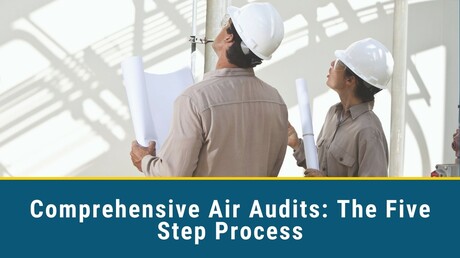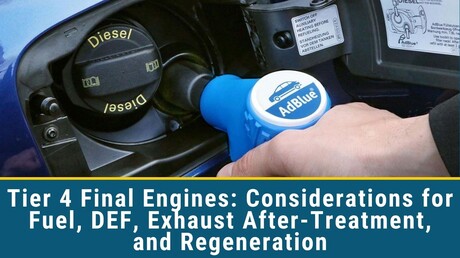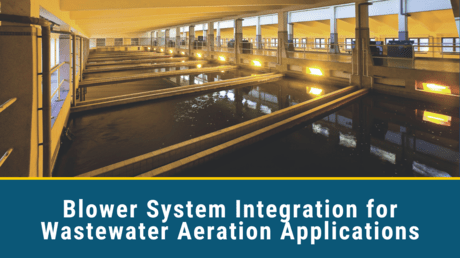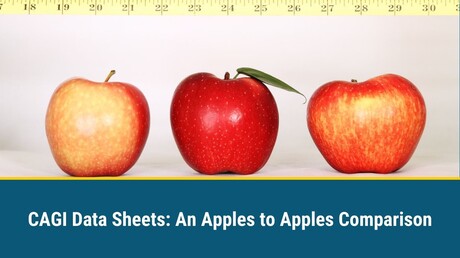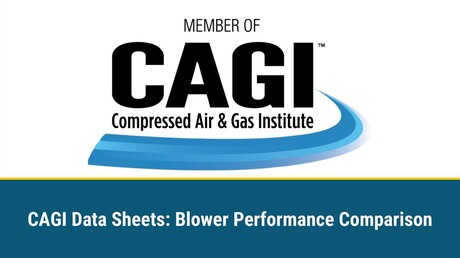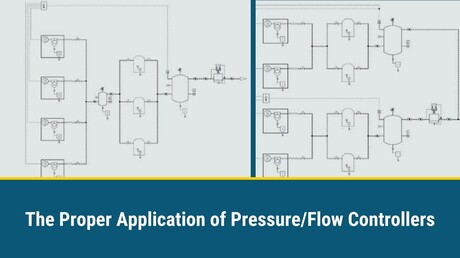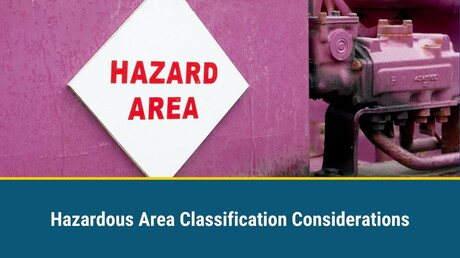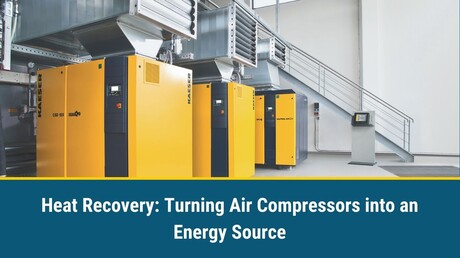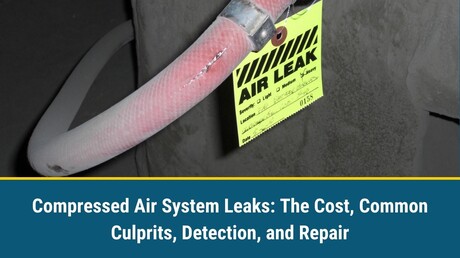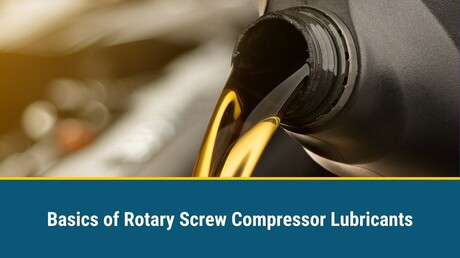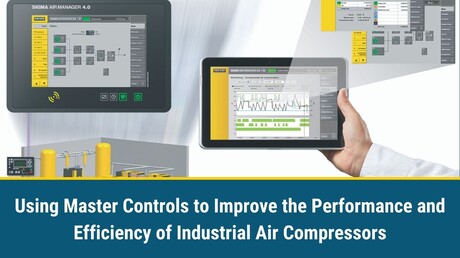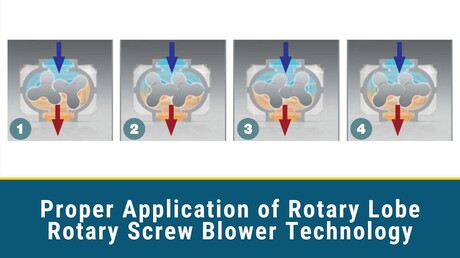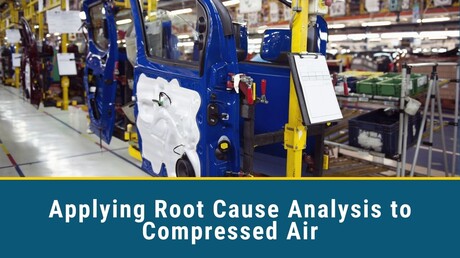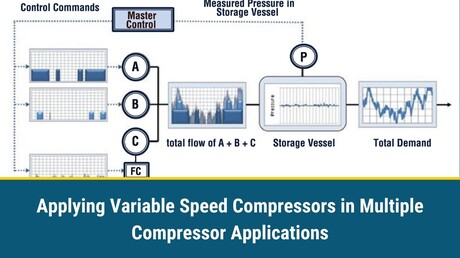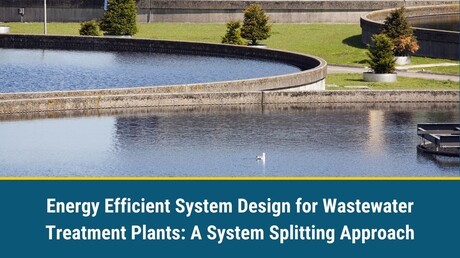Outlines the 5-step process of a comprehensive compressed air audit to minimize leaks and improve system efficiency.
Download: Comprehensive Compressed Air Assessments: The 5-Step Process
This white paper provides some basic facts and information on Tier 4 final engines in regards to diesel engine equipment such as portable air compressors.
Blower air is an indispensable part of biological wastewater treatment plant (WWTP) processes. Integration — on the blower package level as well as the system level — is key to maximizing energy efficiency and ensuring that this critical service is readily available for the communities the WWTP serves.
Download: Blower System Integration for Wastewater Aeration Applications
Explains how to use CAGI data sheets to compare compressor performance and efficiency.
Download: CAGI Data Sheets: An apples to apples performance comparison
Explains how to use CAGI data sheets to compare blower performance and efficiency.
Whether you call them intermediate controls, flow controls, pressure/flow controls, demand expanders, or any other name, the proper application of them has always been a bit confusing to users. This white paper applies to most all pressure/flow controls and will explain their proper application and benefits.
Download: The Proper Application of Pressure/Flow Controllers
Partly due to an expanded use of the hazardous area classification system, specifiers are increasingly citing requirements for equipment suitable for use in classified areas. When properly used, the hazardous area classification system makes for a safer work environment. Too often, however, hazard classes are specified without concern for the significantly higher design and procurement costs they bring. In many cases, an open mind and a little ingenuity can avoid excessive costs for compressors and other equipment, without compromising safety.
More than just providing plant air, they’re also a useful source of heat, energy savings, and sustainable operations.
Describes best practices for a cost effective leak identification and repair program.
Download: Compressed Air System Leaks: The Cost, Common Culprits, Detection, and Repair
Covers the advantages and disadvantages of the several types of fluids used today.
Advanced control capabilities minimize equipment run times, maintain stable air pressures, and deliver rapid payback in operational and energy savings.
A short technical comparison between the two types of air compressors with the pros and cons of using each.
Download: Piston vs Rotary Screw: A Short Technical Comparison
A short technical comparison of rotary screw and piston compressors for body shops.
Download: Piston vs Rotary Screw: A Short Technical Comparison for the Collision Market
This white paper compares rotary lobe and screw blowers, internal and external compression, and how to properly apply these technologies for designing an energy efficient system.
Download: Proper Application of Rotary Lobe Rotary Screw Blower Technology
Root Cause Analysis (RCA) is a systematic approach to problem solving, commonly applied when there is a significant failure or issue with far-reaching impact. This paper will discuss how to apply Root Cause Analysis to compressed air systems.
Addresses the proper application of variable frequency/speed drive compressors and avoiding control gap.
Download: Applying Variable Speed Compressors in Multiple Compressor Applications
This white paper includes: how to calculate specific power for individual units as well as the entire system, with calculation examples for comparing specific power between traditional and system splitting design approaches.
